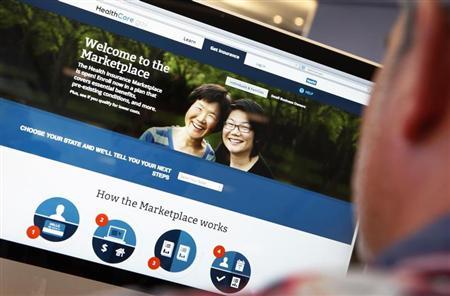iPhone 6: Doctors Raise Concerns Over Apple HealthKit
06/09/2014Wearables: des puces miniatures pour une analyse plus précise des mouvements
06/09/2014Patient Portals: Strategies For Engaging Users – Using Social Media
To qualify for Stage 2 Meaningful Use, 5% of your patients must access their own medical records. Here’s how to make sure that happens.
To meet Stage 2 Meaningful Use criteria, hospitals and physicians will most likely implement patient portals. There really are no good alternatives to portals to efficiently meet the requirement to provide electronic access to patient records and lab results within the specified time frames (four days for physician office visits, 36 hours for inpatient hospital stays). Also, portals can help streamline patient registration and appointment setting, which benefits both patients and healthcare providers.
A variety of surveys over the past couple of years indicate that patients like these portals and that they influence patient satisfaction with physicians and hospitals. So portals will likely be a part of your relationship with patients.
The biggest concern for hospitals regarding this metric is the requirement that 5% of patients actually access their records prior to attestation. Given the lack of control inherent in the hospital-patient relationship, how can hospitals meet that standard?
[What’s getting in the way? Read EHR Must Fit Into Doctor-Patient Relationship.]
One way is through a combination of a robust patient portal that truly engages patients (and family members) before and during hospitalization and promotion of the portal through social media.
The key is to get patients and family members accustomed to using the portal so that it is a familiar, useful tool, not a new hurdle to jump in the stressful time after hospitalization. If they know in advance how and where to access their records and if they are comfortable with the portal navigation, they will be much more likely to access their records during the 36-hour window. Also, if they see the portal as a tool that works for them, not just for the hospital, they will use it.
Providing educational content on the portal, customized to individual user needs, as well as links to useful groups and websites can give patients a reason to engage with your portal even when they aren’t active patients. Research has shown consumers trust the information from their doctors and hospitals more than the information available on unaffiliated websites. If they know they can find health information specific to their needs on your portal, they will probably use it.
For example, if patients with diabetes know your site will link them to current research and information on diabetic therapy and medications, they are likely to use the portal for learning. Social media can help you engage the consumer and promote the educational and consumer-focused content on the portal. To learn more about the role of social media, check out this video:
Make your portal useful to patients and families during their stay
It’s also important to engage patients and family members during hospitalization in using the portal. If they are unfamiliar with the portal, have a staff member available who can help them set up an account. If the patient logs into the portal prior to inpatient departure, this will count toward the CMS requirement that 5% of patients access their records. A staff member should also show patients the tools and content that will be useful for them during their stay. This material might include visiting hours, parking information, meal options, gift shop items, nearby restaurants, hotels, and retail stores — whatever information you can provide that might help patients and families cope better.
Another possibility is to give patients a place to record their questions and concerns — things they want to remember to ask the doctor, symptoms they want to be sure to report, information the nurses should know. If they can send a secure email to their physician, that creates another reason to use the portal. All of these examples are ways to help them see the portal as a tool for their benefit, to feel a sense of ownership of the tool akin to their sense of ownership of their Facebook page or email account.
If patients engage with the portal before and during their stays, accessing their records after hospitalization becomes a natural extension of an ongoing relationship. The key is to focus on what information and tools patients and families want and need. If you serve their needs, they’ll help you meet the Stage 2 criteria.
Source: www.informationweek.com




